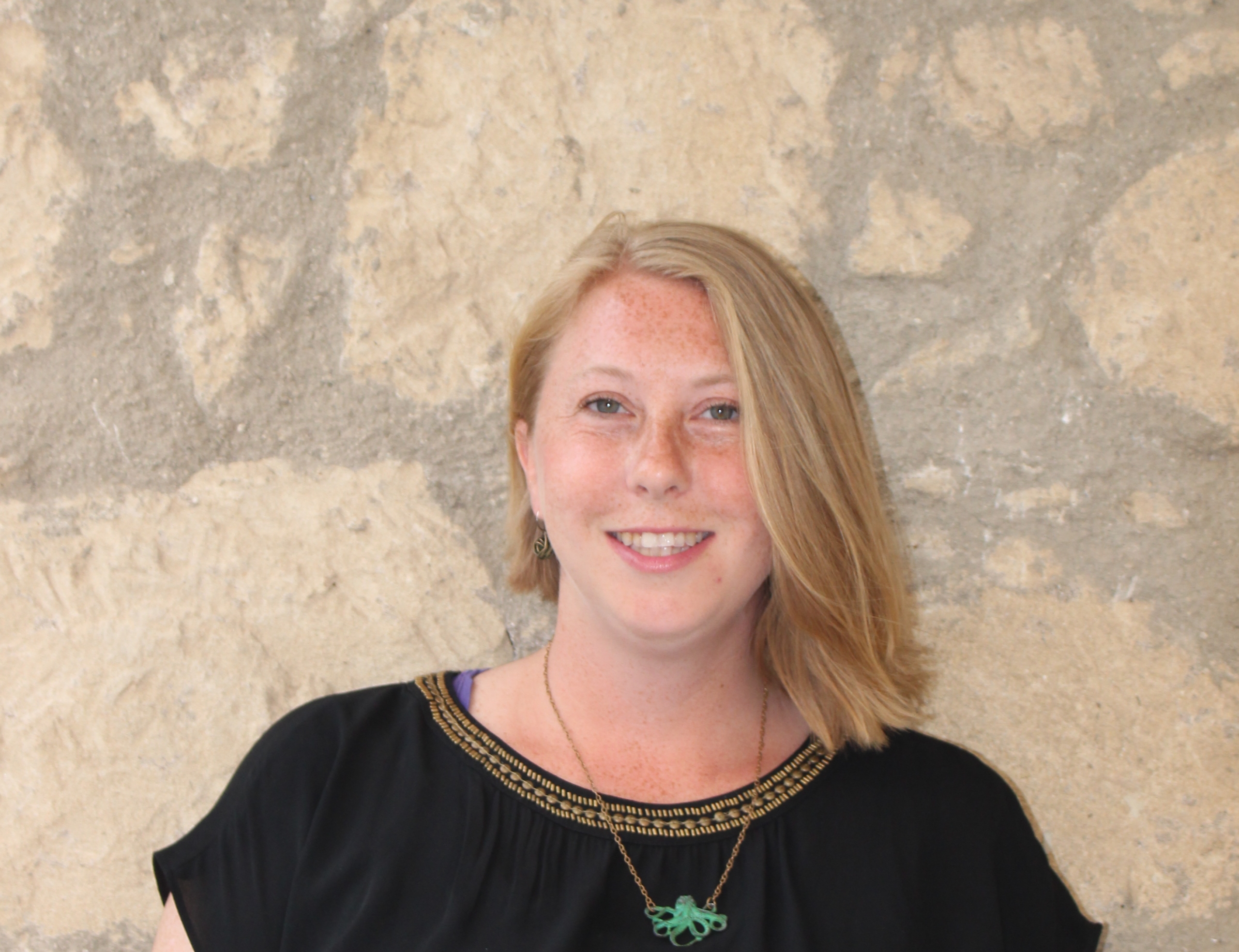Brooke Norton
During the New Kingdom Egyptian presence and influence in the southern Levant changed and evidence for entangled New Kingdom Egyptian and Canaanite cultural practices is rich. Egyptian-style objects and anthropoid coffins are found in Late Bronze Age cemeteries and Canaanite deities were added to the Egyptian pantheon. Egyptian and Egyptian-style temples have been found at various sites in the Sinai and Levant, however, previous studies have focused on individual temples or discerning whether structures found abroad incorporate essential architecture needed to indicate Egyptian temple practice. These temples are a primary lens through which entangled Egyptian and Canaanite cultural interactions can be seen. Although there are studies that treat individual or pairs of temples (i.e., the mining settlements of Timna and Serabit el Khadim, or the Egyptian garrison at Beth Shean), the goals of this project are to present a more comprehensive analysis of the geographic spread of Egyptian and Egyptian style ritual installations in the Levant. Using comparative examples from Egypt, what formal and informal features of religious structures were exported abroad? What types of ritual installations, including architecture, and associated objects occur in the Sinai and Levant? How does temple architecture and religious paraphernalia inform the mixing of Egyptian and Canaanite ritual practices?
